8. Silenced (dir. Hwang Dong-Hyuk)
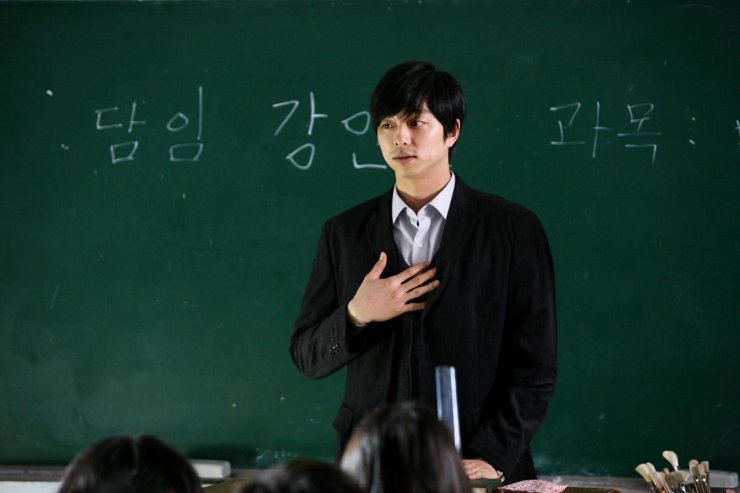
One of the few films where it emotionally hurts to say it is “based on a true story.” This Korean drama is located at a school for the hearing impaired at Gwangju Inhwa School in Gwangju, South Korea. A new teacher arrives to find that faculty have been sexually molesting and raping the students for years in almost complete freedom while prominent members of the community try to cover up the abuse allegations.
What is probably more disturbing is that the teachers that committed the crimes got light sentences or were acquitted due to the statute of limitations on sexual abuse of minors. It took South Korea almost 6 years after the original trials to abolish the limitations on sexual abuse and reopen the cases thanks to public outcry.
Not only is it an immensely troubling film that is quite graphic for its subject matter, “Silenced” influenced public policies on sex crimes, creating a zero tolerance stance on the issue. It is arguably a life changing film, at least for South Koreans, but you’d be doing a disservice to pass this up regardless of how bleak it is.
9. SPL 2: A Time for Consequences (dir. Cheang Poi-soi)
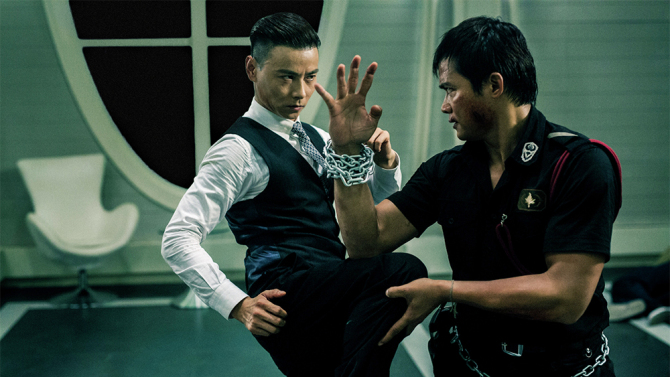
With the exception of “John Wick” or “Mad Max,” most action films released by Hollywood studios are dry, poorly edited schlock. This can also be seen with John Woo: he came to America to direct “Face/Off,” even though it had bigger explosions and more elaborate set pieces than his Hong Kong films, it lacked the stunt creativity that made “Hard Boiled” and “The Killer” so entertaining in the first place.
A pseudo-sequel to the 2005 film “SPL: Sha Po Lang” which starred Donnie Yen and Sammo Hung (they do not return here), this gem follows an undercover cop named Kit infiltrating a syndicate that kidnaps people for their organs, selling them on the black market. His cover gets blown and he is sent to a maximum security prison in Thailand. From here Kit has to find a way out of prison and stop the the syndicate.
Honestly, the plot details are not important because what this film really offers is some spectacular martial arts scenes. The very first encounter sets up how the film will pace the fights, how it will frame them and when it will cut. Plus, Tony Jaa (Thai prison guard) has not been this impressive or as exciting to watch since “The Protector” and the “Ong-Bak Trilogy.” He is at the top of his form proudly showcasing why he is one of the best action stars practicing Muay Thai and kickboxing.
10. The House I Live In (dir. Eugene Jarecki)
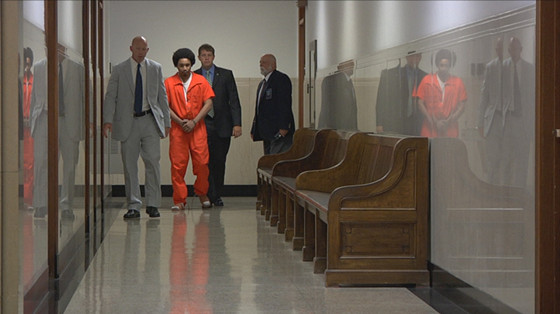
This documentary analyzes the prison-industrial complex in conjunction with the war on drugs and how each phenomenon does more harm than good for the criminal justice system in its current state. The profound problems “The House I Live In” showcases are ex-convicts receding back into prison more than they are rehabilitating back into society; and the original point of prison is to allow people to change, not to be used as slaves or indentured servants.
But what really adds fuel towards the issue of the U.S. prison population is America’s war on drugs. Jarecki shows historical evidence of how lawmakers, politicians and even the average citizen devised policies that would prohibit certain community’s vices because of prejudice or xenophobia. See, these people could not arrest immigrants and minorities without reason, so they had to create laws allowing them to fine or arrest them over vices that were attached to their communities.
For example: Opium was outlawed to stifle the Chinese, weed was banned to persecute hispanics, and in the wake of the crack rock boom during the 1980s a disportionate amount of african americans and poor people were (and still are) sentenced to prison with a variation of cocaine over most other narcotics.
Plus, they are given an immensely harsh prison term for cocaine that is simply treated with baking soda, aka crack cocaine; their term goes as follows: 5 grams of crack is a 5 year mandatory minimum prison term without parole.
However, a person (statistically speaking, usually a middle or upper class white male) with powdered cocaine could be given much less jail time in proportion to crack users, that proportion is 100-to-1, or for every 5 grams of crack, a person with powdered cocaine would need to be carrying 500 grams to receive the same sentence. By 2010 the proportion was altered 18-to-1, a step in the right direction.
11. In Another Country (dir. Hong Sang-soo)

The minimal, arthouse stylings of Korean filmmaker Hong Sang-soo provide some of the most off-kilter dramas to grace contemporary film. Here, a young film student begins a screenplay treatment involving the same location with slight variations to the plot, culminating in three different but similar stories. It stars Isabelle Huppert as a French tourist named Anne, but in each scenario she plays a slightly different tourist.
In the first one Anne is a filmmaker, in the second one she is already married but is having an affair with a Korean director, and in the last variant she is a divorced woman looking for some relaxation after her husband cheated on her. All three begin with a rocky or troubled relationship and all three end with her meeting a lifeguard looking for a small lifehouse.
The variations are a sort of study on how changes in tone and story can make repeated and recycled pieces of dialogue feel different each time. It is as if “In Another Country” is showing us how writers creatively recycle assets knowing most will not notice because of contextual changes—like Aaron Sorkin.
12. Bedevilled (dir. Jang Cheol-soo)

A study of masculinity and misogyny through 3 different generations of women disguised as a gory, ultra-violent horror/thriller. A bank employee for the Seoul Bank leaves town, due to stress, to visit an old childhood friend named Bok-nam living on a small isolated island with her husband Man-jong, daughter and other relatives.
Because the island is so isolated it becomes toxic and socially regressive. Bok-nam is abused by everyone on the island, dealing with epithets, threats and violence; her attempt at fleeing the island are foiled by her husband and the island dwellers. This causes her to snap knowing that her only way out is through revenge.
Some may not see it as empowering—granted its brutality blurs the line between exploitation and social commentary—and it probably should not be seen as such, but the extremes Bok-nam faces on the island makes her implode thanks to the years of abuse. This almost makes her retaliation seem like justice, in a morbid sense.
13. Unknown Pleasures (dir. Jia Zhangke)
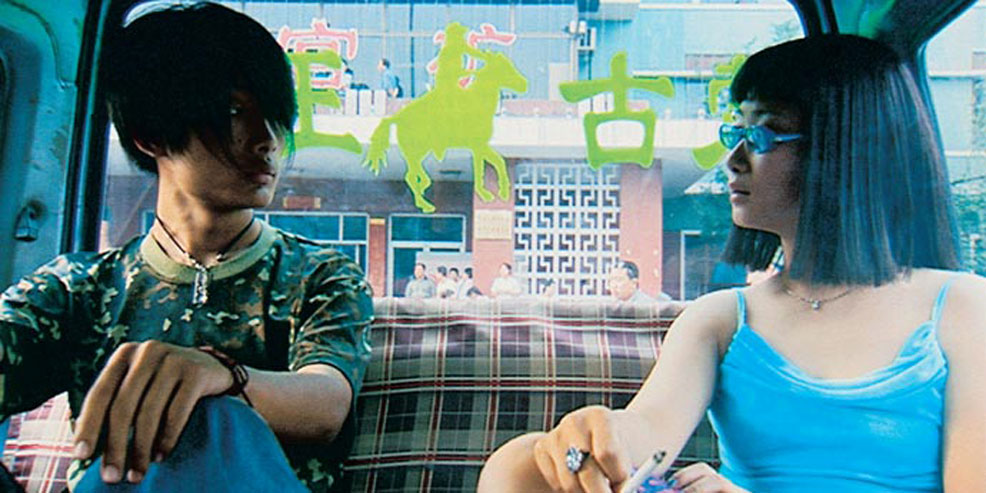
Zhangke’s follow up to “Platform” also focuses on youth. To be exact he focuses on contemporary Chinese adolescents. The kind that lack purpose and meaning to be as productive members of their community and town. The three characters finally “wake up” when an explosion erupts at a local textile mill, triggering action instead of inaction.
Upon further analysis, prior to the explosion, those moments were small snippets of character development, showing their living conditions, interests and hobbies.
Following the accident one of the three, Qiao Qiao, tries to get her father to the hospital but needs about ¥2000 to give him a room, and Xiao Ji, another member of the trio, goes to the bank for her. He does this in hopes of winning her affections but it may be futile as she has a boyfriend. Though he is abusive she stays with him anyway, but once he abandons her the film implies that Ji finally gets what he wants for a brief moment.
Zhangke used a digital camera to shoot “Unknown Pleasures” as a result of budgetary and logistic constraints. Fidelity wise it has not aged well but the washed out colors adds to the derelict tone.
14. The Lunchbox (dir. Ritesh Batra)
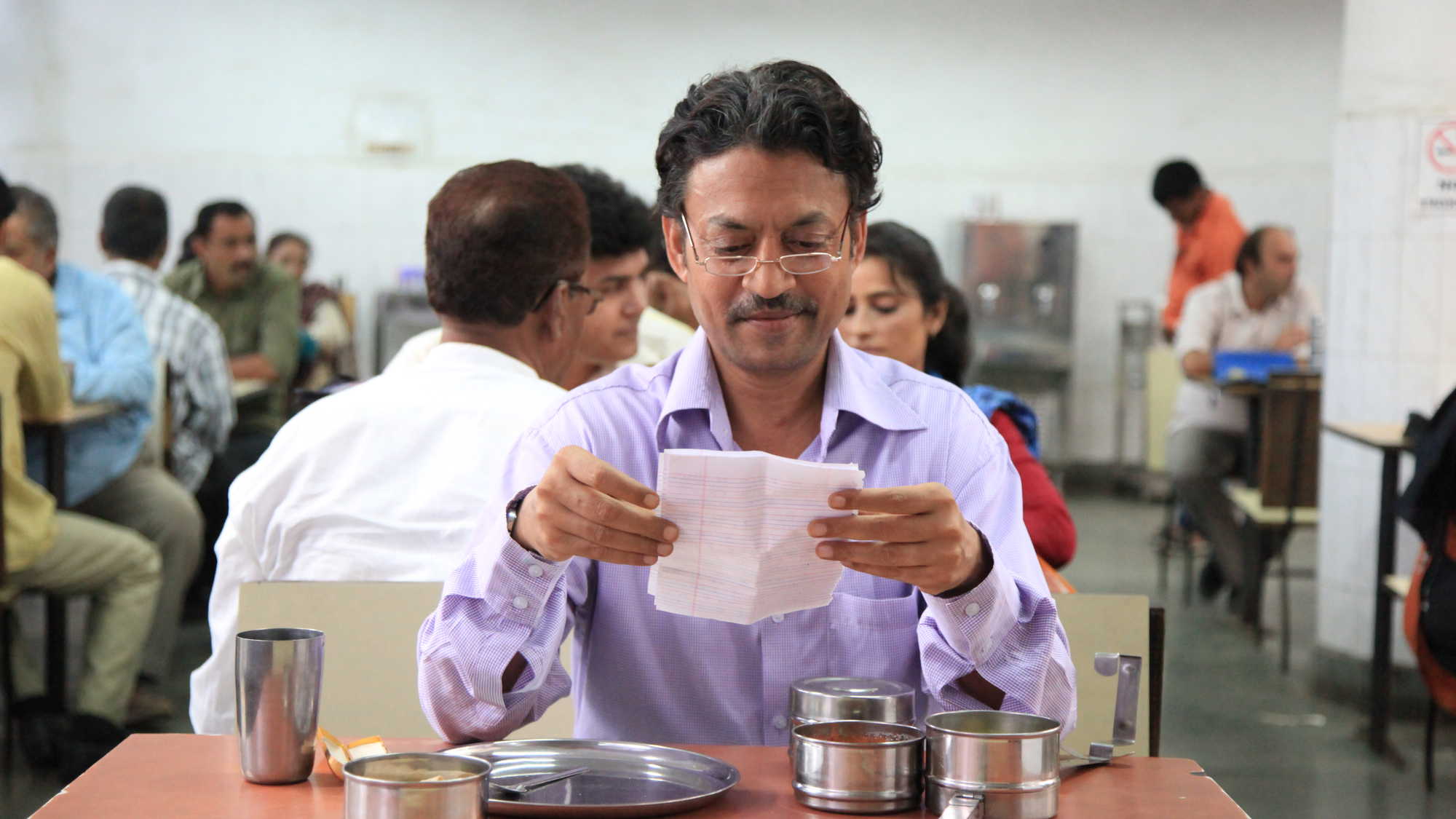
Probably the least obscure film on the list, but for readers not familiar with Indian cinema who think that most romantic Indian films are the stereotypical Bollywood fare should feel relief when they begin watching it. Of course there is nothing wrong with Bollywood cinema, as it is an achievement unto itself, but most western audiences may shun the dance numbers, quirky humor and melodrama. Wanting to introduce someone to contemporary Indian film, “The Lunchbox” is a great universal treat.
A young married woman, Ila, wants her husband to notice her more so she takes part in the complex lunchbox delivery service in Mumbai, a service that delivers hot meals to places of business and returns the containers back to their owner.
But through a rare mix up of lunchboxes between the dabbawalas (the people who deliver the food), her meals get sent to a widowed man named Saajan. Ila finds out about the mistake and writes a letter apologizing about the error, what culminates is a series of letters between the two sparking a friendship.
It is truly a film that empathizes with human loss. Most characters have lost something, Ila is losing her husband, Saajan lost his wife, his mentor almost lost his job. Rather than letting these things slow you down, “The Lunchbox” is really about acceptance and looking ahead, not backwards.
15. Zero Day (dir. Ben Coccio)

Released the same year as Gus Van Sant’s “Elephant,” both films follow two high-school boys preparing and executing a school shooting similar to the Columbine massacre. But that is the only thing these two films share as Van Sant’s film is an expressionistic, slow art film, while “Zero Day” is essentially a found footage film that goes through the hypothetical details of the actual Columbine massacre. In essence it plays as a parody of the infamous shooting.
According to the film’s director, Coccio sees school shooters as people (men, statistically males commit the most mass shootings) with feelings of superiority, instead of bullying as bullied individuals tend to become more reserved.
When such mentalities are not affirmed they lash out in extreme ways. This observation demonstrates how raw and realistic “Zero Day” feels because the director had a non-exploitative and patient understanding of the type of men that commit these crimes. If one were to research other mass shooters, then that person will see how deluded most of these people are, trying to reclaim their masculinity or pride through violence.
Author Bio: Dajoune Rogers is a college student in Sacremento, California majoring in Film. He spends most of his free time reading and watching at least 3 films a day. He has an active a micro-blog on Instagram, @film_literacy.